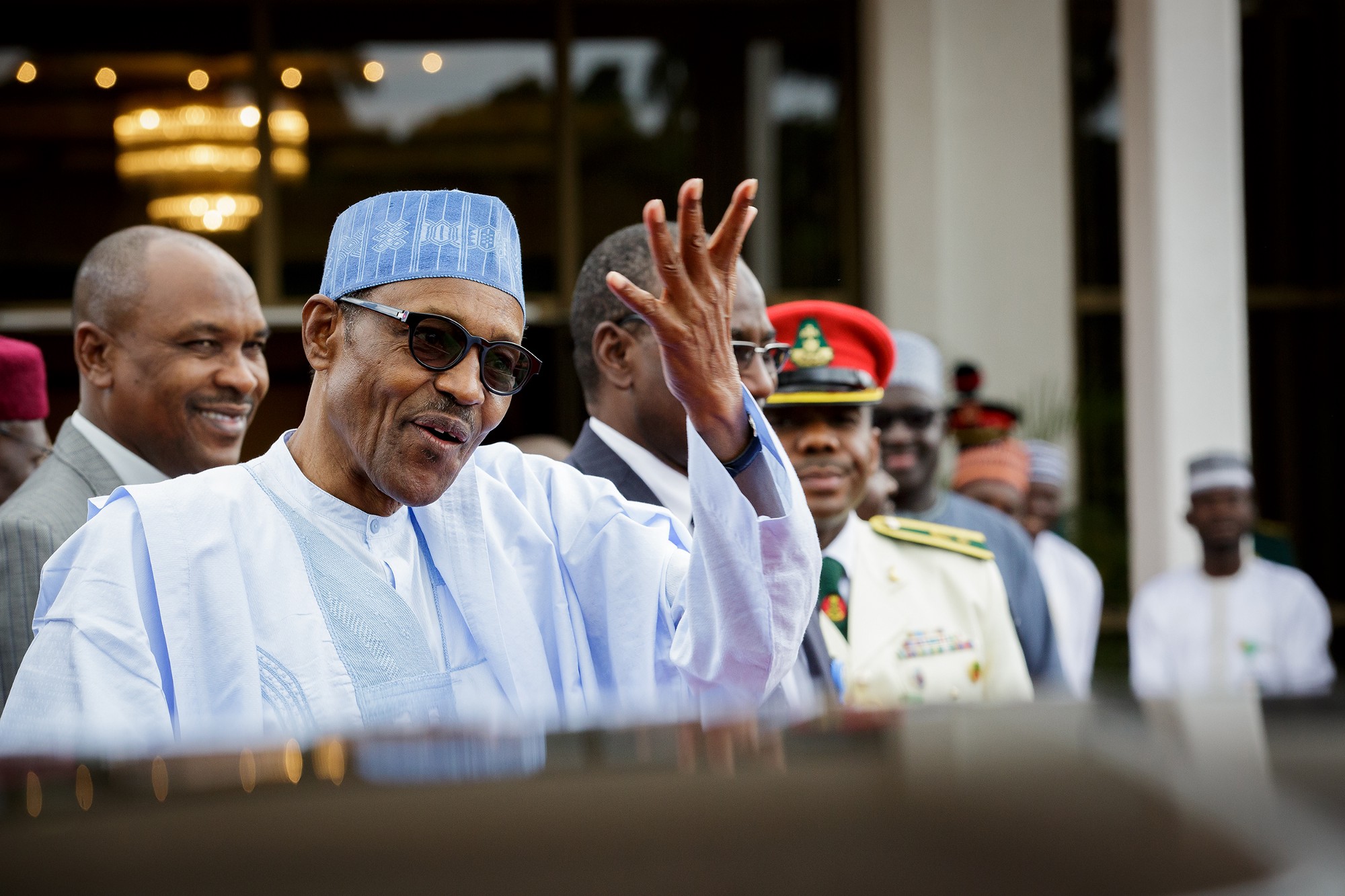Investors have arrived in full force to exploit the opportunity to sell the Euro at its highest level since November 2016, with the EURUSD now appearing at risk to dropping back below 1.09 after briefly climbing above 1.10 when the markets opened for the week following confirmation of Macron becoming the new President of France.
While the lifeline of the Euro relief rally appears to be short-lived, I would go as far as to say that the Euro is heavily oversold at these levels and this is not linked to the headlines that Europe has defeated populism. Although political headlines are still overshadowing economic news when it comes to the global market theme of 2017, there is an improved economic sentiment around Europe that has been building recently as a result of significantly improved data.
Perhaps the reason for the heavy selling pressure on the Euro at present is due to expectations that the European Central Bank (ECB) will leave monetary policy accommodative, despite the stronger data being seen around Europe.
Time to shift focus to upcoming OPEC meeting?
Advertisement
Now that the French election is out of the way, investors should highlight May 25 in their calendar, because this is when the next OPEC meeting is scheduled in Vienna. Traders should expect and be prepared for shifts in volatility in both directions when it comes to the price of Oil, as the markets speculate over what the outcome of the meeting could possibly be.
I expect for producing nations to publicly talk up the prospects of an extension to the current production cut agreement made late in 2016, but this doesn’t impact the underlying factor that the real fight OPEC has to deal with is a battle with US Shale production. There has been an obvious correlation that inventories from Shale production in the US have improved in recent months, which is surely going to be weighing heavily in the minds of all the Oil ministers from both OPEC and non-members when they sit at the table in a couple of weeks.
As always investors should prepare for the unexpected when it comes to OPEC meetings with recent history in mind that there have been unexpected surprises from past meetings. With that in mind there are at least two possible risk scenarios that investors should consider in the lead up to the May 25 event:
Advertisement
-While the organisation is currently committed to reducing output, that agreement expires next month. With the markets believing that the current collaboration will need to be extended, there is a risk that the markets will be caught off-guard with a decision to delay it, in order to prevent further US Shale production from reaching the landscape. Should OPEC and Non-OPEC agree to an increase in production for the second half of the year, a volume war could be on the cards with this providing sellers with heavy encouragement to begin pricing in the resumption of heavy selling momentum and a possible return to the historic lows for Oil.
-The other risk scenario that investors would be mindful to factor into consideration is that there is an agreement to throw in the towel and submit to extending not only the duration of the current agreement, but also cutting further output. Although this would be seen as OPEC declaring Shale victorious in the production war and would also further weaken the credibility of oil producers who, until just a few years ago, were in full control of global oil production, it would most probably achieve a stronger rebound in the price of Oil.
Basically what this could come down to is whether OPEC and Non-OPEC members are willing to lose face by accepting defeat to Shale in return for a further boost in revenue, or are they committed to prolonging their participation in this ongoing production war with Shale?
GBPUSD not ready to touch 1.30 yet?
Advertisement
The Pound is trading in a very narrow range against the Dollar at the beginning of the week as the spotlight shines on the French election result, and it looks like the British Pound is shying away from touching 1.30 for the first time since September 2016.
While the Pound benefitted from some impressive PMI results last week, it is possible that investors will shift their attention to the Bank of England (BoE) and the likelihood of inflation risks being highlighted when the latest inflation report is delivered this Thursday.
Add a comment







